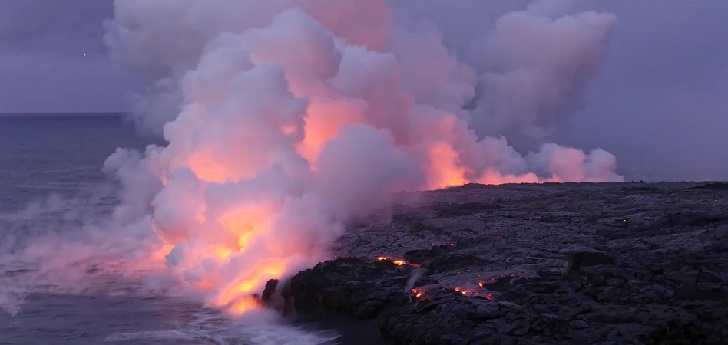Pandemics, a risk for fashion? Only Gap saw it coming
Companies like Inditex or H&M consider supply chain disruptions, changes in consumer behaviour or currencies as more likely risks than a pandemic.

Only Gap saw it coming. Among the most far-fetched risks that fashion giants detail as potential threats for their business, nobody had thought that a pandemic like Covid-19 would freeze global trade and sourcing the way it did. Nobody, but American retailer Gap, who, among financial risks, fashion trends and currency effect, notices its investors of the risk of “public health crises.”
Until know, climate-related risks were the most likely and were already affecting fashion groups. “Deviations from normal weather conditions affect sales,” states H&M in its annual report, while Inditex highlights that “abrupt changes in climate cycles likely to affect demand patterns are, inter alia, factors which might have an impact on the effective achievement of the business objectives of the group.”
Among the most unusual risks that Inditex considers, defined as “extraordinary events beyond the group’s control”, the company mentions natural disasters, fires or transport or key supplier strikes.
Fast Retailing mentions volcanic eruptions among the potential business risks
For the Spanish giant, financial risks are the most likely to happen. Particularly, the group highlights foreign currency exchange risk, given that “the group has investments
overseas and its international transactions require the use of numerous non-euro currencies”.
For H&M, the biggest risk is the current transformation of the fashion industry, as well as changing trends. “Operating in the fashion industry is a risk in itself,” states the Swedish group in its annual report. “Fashion has a limited shelf-life and there is always a risk that some part of the collections will not be sufficiently commercial,” says the company.
In this sense, the company specifies that fashion purchases are “often emotional” and may therefore be negatively affected by “unforeseen geopolitical and macroeconomic events.”
“Operating in the fashion industry is a risk in itself,” says H&M
One of the most quoted threats for the business is, together with currency and country risks, the menace of a reputational crisis. For Inditex, these arise from the “possibility of the inappropriate management of issues relating to social and environmental sustainability, responsibility on account of health and safety of the products.”
Gap is one of the few large groups in the sector that details a specific list of potential risks, including “public health crisis, political crisis, natural disasters and other catastrophic events that could adversely affect our operations and financial results.”
However, the company considers more likely the risk that “we or our franchisees will be unsuccessful in gauging apparel trends and changing consumer preferences,” as well as the “highly competitive” nature of its business in the United States and internationally.
Fast Retailing, owner of Japanese giant Uniqlo, mentions the risk of dependency on production in certain geographic locations, risks of corporate acquisition, key to the group’s growth strategy, and currency risks.
Among the natural disasters listed, Fast Retailer also quotes “earthquakes, volcanic eruptions, fires, floods, explosions and building collapse” that may affect factories that produce or stores that sell the company’s products.


info@themds.com
Validation policy for comments:
MDS does not perform prior verification for the publication of comments. However, to prevent anonymous comments from affecting the rights of third parties without the ability to reply, all comments require a valid email address, which won’t be visible or shared.
Enter your name and email address to be able to comment on this news: once you click on the link you will find within your verification email, your comment will be published.